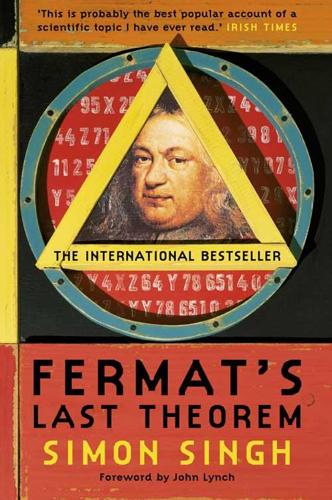
Fermat’s Last Theorem
by
Simon Singh
Published 1 Jan 1997
The proceedings describe how Gabriel Lamé, who had proved the case n = 7 some years earlier, took the podium in front of the most eminent mathematicians of the age and proclaimed that he was on the verge of proving Fermat’s Last Theorem. He admitted that his proof was still incomplete, but he outlined his method and predicted with relish that he would in the coming weeks publish a complete proof in the Academy’s journal. The entire audience was stunned, but as soon as Lamé left the floor Augustin Louis Cauchy, another of Paris’s finest mathematicians, asked for permission to speak. Cauchy announced to the Academy that he had been working along similar lines to Lamé, and that he too was about to publish a complete proof. Both Cauchy and Lamé realised that time was of the essence. Whoever would be first to submit a complete proof would receive the most prestigious and valuable prize in mathematics.
…
By adding one more term x4, we get the next level of polynomial equation, known as the quartic: By the nineteenth century, mathematicians also had recipes which could be used to find solutions to the cubic and the quartic equations, but there was no known method for finding solutions to the quintic equation: Galois became obsessed with finding a recipe for solving quintic equations, one of the great challenges of the era, and by the age of seventeen he had made sufficient progress to submit two research papers to the Academy of Sciences. The referee appointed to judge the papers was Augustin-Louis Cauchy, who many years later would argue with Lamé over an ultimately flawed proof of Fermat’s Last Theorem. Cauchy was highly impressed by the young man’s work and judged it worthy of being entered for the Academy’s Grand Prize in Mathematics. In order to qualify for the competition the two papers would have to be re-submitted in the form of a single memoir, so Cauchy returned them to Galois and awaited his entry.
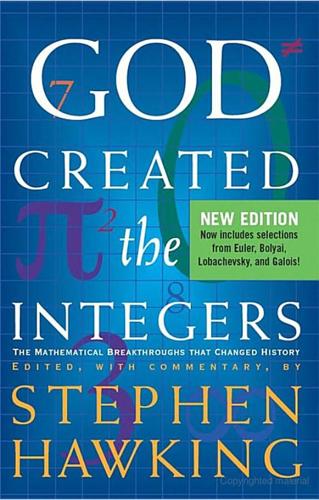
God Created the Integers: The Mathematical Breakthroughs That Changed History
by
Stephen Hawking
Published 28 Mar 2007
[Dissertation 13 is entitled “De insigni promotione scientiae numerorum” Ed. Note.] 41Section VIII was not published. Augustin-Louis Cauchy (1789–1857) HIS LIFE AND WORK Euclid earned an income teaching. Among his students was Ptolemy I, King of Egypt. King Ptolemy once asked his teacher for a shortcut to geometric knowledge, to which Euclid replied, “Sire, there is no royal road to geometry.” Perhaps there is no royal road to mathematics in general and geometry particular. However, if any mathematician rode with the royals, it was Augustin-Louis Cauchy. Augustin-Louis Cauchy was born during the infancy of the French Revolution, on August 21, 1789.
…
Diophantus: Title page of Diophanti Alexandrini Arthimeticorum libri sex. . . ., 1621: Library of Congress, call number QA31.D5, Rare Book/Special Collections Reading Room, (Jefferson LJ239). Rene Descartes: Getty Images. Isaac Newton: Time Life Pictures/Getty Images. Leonhard Euler: Getty Images. Pierre Simon de Laplace: Getty Images. Jean Baptiste Joseph Fourier: Science and Society Picture Library, London. Carl Friedrich Gauss: Getty Images. Augustin-Louis Cauchy: © Bettmann/CORBIS. Évariste Galois: © Bettmann/CORBIS. George Boole: © CORBIS. Georg Friedrich Bernhard Riemann: © Bettmann/CORBIS. Karl Weierstrass: © Bettmann/CORBIS. Richard Dedekind: Frontispiece from Richard Dedekind Gesammelte mathematische Werke. Reprint by Chelsea Publishing Company, Bronx, NY, 1969, of the edition published in Brunswick by F.
…
CONTENTS Introduction EUCLID (C. 325BC–265BC) His Life and Work Selections from Euclid’s Elements Book I: Basic Geometry—Definitions, Postulates, Common Notions; and Proposition 47, (leading up to the Pythagorean Theorem) Book V: The Eudoxian Theory of Proportion—Definitions & Propositions Book VII: Elementary Number Theory—Definitions & Propositions Book IX: Proposition 20: The Infinitude of Prime Numbers Book IX: Proposition 36: Even Perfect Numbers Book X: Commensurable and Incommensurable Magnitudes ARCHIMEDES (287BC–212BC) His Life and Work Selections from The Works of Archimedes On the Sphere and Cylinder, Books I and II Measurement of a Circle The Sand Reckoner The Methods DIOPHANTUS (C. 200–284) His Life and Work Selections from Diophantus of Alexandria, A Study in the History of Greek Algebra Book II Problems 8–35 Book III Problems 5–21 Book V Problems 1–29 RENÉ DESCARTES (1596–1650) His Life and Work The Geometry of Rene Descartes ISAAC NEWTON (1642–1727) His Life and Work Selections from Principia On First and Last Ratios of Quantities LEONHARD EULER (1707–1783) His Life and Work On the sums of series of reciprocals (De summis serierum reciprocarum) The Seven Bridges of Konigsberg Proof that Every Integer is A Sum of Four Squares PIERRE SIMON LAPLACE (1749–1827) His Life and Work A Philosophical Essay on Probabilities JEAN BAPTISTE JOSEPH FOURIER (1768–1830) His Life and Work Selection from The Analytical Theory of Heat Chapter III: Propagation of Heat in an Infinite Rectangular Solid (The Fourier series) CARL FRIEDRICH GAUSS (1777–1855) His Life and Work Selections from Disquisitiones Arithmeticae (Arithmetic Disquisitions) Section III Residues of Powers Section IV Congruences of the Second Degree AUGUSTIN-LOUIS CAUCHY (1789–1857) His Life and Work Selections from Oeuvres complètes d’Augustin Cauchy Résumé des leçons données à l’École Royale Polytechnique sur le calcul infinitésimal (1823), series 2, vol. 4 Lessons 3–4 on differential calculus Lessons 21–24 on the integral NIKOLAI IVANOVICH LOBACHEVSKY (1792–1856) His Life and Work Geometrical Researches on the Theory of Parallels JÁNOS BOLYAI (1802–1860) His Life and Work The Science of Absolute Space ÉVARISTE GALOIS (1811–1832) His Life and Work On the conditions that an equation be soluble by radicals Of the primitive equations which are soluble by radicals On Groups and Equations and Abelian Integrals GEORGE BOOLE (1815–1864) His Life and Work An Investigation of the Laws of Thought BERNHARD RIEMANN (1826–1866) His Life and Work On the Representability of a Function by Means of a Trigonometric Series (Ueber die Darstellbarkeit eine Function durch einer trigonometrische Reihe) On the Hypotheses which lie at the Bases of Geometry (Ueber die Hypothesen, welche der Geometrie zu Grunde liegen) On the Number of Prime Numbers Less than a Given Quantity (Ueber die Anzahl der Primzahlen unter einer gegebenen Grösse) KARL WEIERSTRASS (1815–1897) His Life and Work Selected Chapters on the Theory of Functions, Lecture Given in Berlin in 1886, with the Inaugural Academic Speech, Berlin 1857 § 7 Gleichmässige Stetigkeit (Uniform Continuity) RICHARD DEDEKIND (1831–1916) His Life and Work Essays on the Theory of Numbers GEORG CANTOR (1848–1918) His Life and Work Selections from Contributions to the Founding of the Theory of Transfinite Numbers Articles I and II HENRI LEBESGUE (1875–1941) His Life and Work Selections from Integrale, Longeur, Aire (Intergral, Length, Area) Preliminaries and Integral KURT GÖDEL (1906–1978) His Life and Work On Formally Undecidable Propositions of Principia Mathematica and Related Systems ALAN TURING (1912–1954) His Life and Work On computable numbers with an application to the Entscheidungsproblem, Proceedings of the London Mathematical Society INTRODUCTION WE ARE LUCKY TO LIVE IN AN AGE LN WHICH WE ARE STILL MAKING DISCOVERIES.
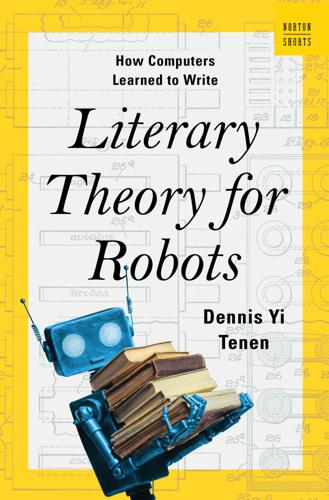
Literary Theory for Robots: How Computers Learned to Write
by
Dennis Yi Tenen
Published 6 Feb 2024
The latter combined Kircher’s Mathematical Organ and Wilkins’s Real Character into a single, unified system. We stand at a crossroads with Leibniz because, from here, the history of artificial reason splits into at least two diverging paths. The road more traveled leads to the development of modern calculus (literally “the small pebble” in Latin) through the work of Maria Agnesi, Augustin-Louis Cauchy, Louis Arbogast, Bernhard Riemann, and John von Neumann. The larger, though now somewhat neglected, pebble rolled down the road of universal language, leading directly to modern conversational AIs. In 1679, Leibniz revived an earlier, monumental project, a universal encyclopedia, aimed at healing the rift between Protestant and Catholic churches.
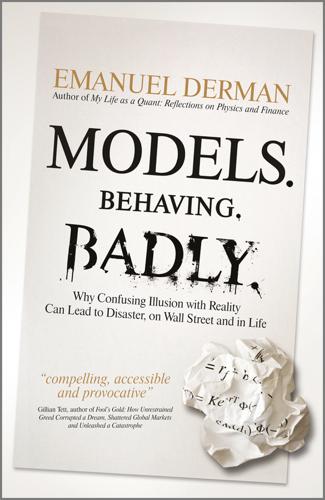
Models. Behaving. Badly.: Why Confusing Illusion With Reality Can Lead to Disaster, on Wall Street and in Life
by
Emanuel Derman
Published 13 Oct 2011
New developments in mathematics, from calculus to topology, have often been initiated by physicists who, by means of intuition and persistence, have sneakily but sloppily invented new kinds of mathematics that were only later made rigorous by purists. Newton invented the calculus in the seventeenth century to handle mechanics, and its foundations were satisfactorily cleaned up years later by Augustin-Louis Cauchy and his contemporaries. In the late 1940s, reconnoitering around the technical difficulties of the Dirac sea, Richard Feynman, Julian Schwinger, and Shin’ichiro Tomonaga found an ingenious way to suppress the technical infinities of quantum electrodynamics by means of a judicious combination of extreme care and chicanery.
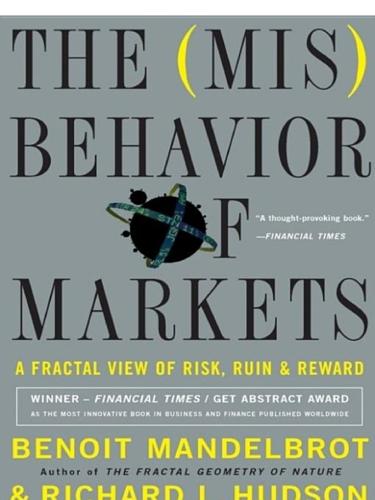
The Misbehavior of Markets: A Fractal View of Financial Turbulence
by
Benoit Mandelbrot
and
Richard L. Hudson
Published 7 Mar 2006
The data points are grains of sand on a shoreline, blades of grass in a lawn, electrons moving along a copper wire. The Blindfolded Archer’s Score Now, this is a convenient way to look at the world, but is it the only way? Not at all. Late in his long life, the nineteenth-century French mathematician Augustin-Louis Cauchy thought of an especially tricky one. It was, when I was younger, viewed as interesting—but unrealistic and contrived. My work made it very real. I think the theory best imagined in terms of an archer standing before a target painted on an infinitely long wall. He is blindfolded and consequently shoots at random, in any direction.
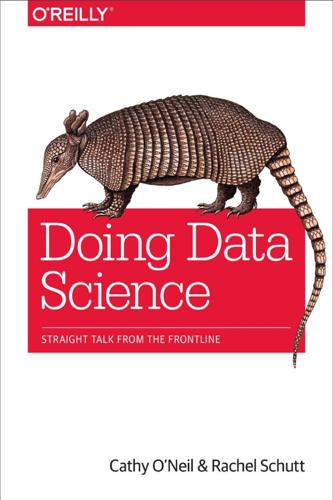
Doing Data Science: Straight Talk From the Frontline
by
Cathy O'Neil
and
Rachel Schutt
Published 8 Oct 2013
Probability and statistics from their origins in the European Enlightenment have long challenged traditional forms of expertise: the pricing of insurance and annuities using data rather than reflection of character of the applicant entailed the diminution and disappearance of older experts. In the book that introduced the much beloved (or dreaded) epsilons and deltas into real analysis, the great mathematician Augustin-Louis Cauchy blamed statisticians for the French Revolution: “Let us cultivate the mathematical sciences with ardor, without wanting to extend them beyond their domain; and let us not imagine that one can attack history with formulas, nor give sanction to morality through theories of algebra or the integral calculus.”
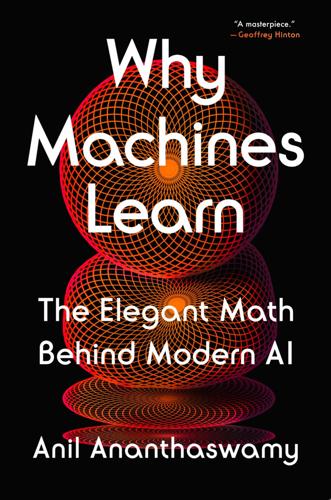
Why Machines Learn: The Elegant Math Behind Modern AI
by
Anil Ananthaswamy
Published 15 Jul 2024
To restate, we must change the values of the filter’s parameters at each time step such that the average, or mean, of the squared errors of the past, say, ten steps is minimized. Understanding how this works requires delving into some simple calculus and learning a method that was first proposed in 1847 by Baron Augustin-Louis Cauchy, a French mathematician, engineer, and physicist. It’s called the method of steepest descent. DOWN FROM ON HIGH If you have seen pictures of—or, better yet, visited—rice paddies on hillsides, particularly in China, Japan, and Vietnam, you may have marveled at the flat terraces cut into the sides of the hills.
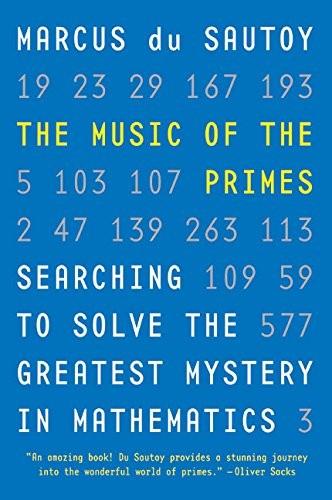
The Music of the Primes
by
Marcus Du Sautoy
Published 26 Apr 2004
Berlin was importing not only political propaganda from Paris, but also many of the prestigious journals and publications coming out of the academies. Riemann received the latest volumes of the influential French journal Comptes Rendus and holed himself up in his room to pore over papers by the mathematical revolutionary Augustin-Louis Cauchy. Cauchy was a child of the Revolution, born a few weeks after the fall of the Bastille in 1789. Undernourished by the little food available during those years, the feeble young Cauchy preferred to exercise his mind rather than his body. In time-honoured fashion, the mathematical world provided a refuge for him.
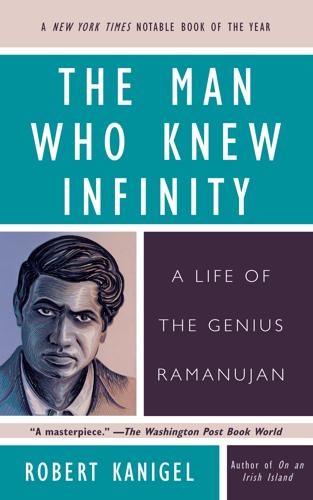
The Man Who Knew Infinity: A Life of the Genius Ramanujan
by
Robert Kanigel
Published 25 Apr 2016
It was a world in which mathematics, logic, and Talmudic hairsplitting merged. First Gauss, Abel, and Cauchy had risen above the looser, intuitive nostrums of the past; later in the century, Weierstrass and Dedekind went further yet. None of them were English. And the English professed not to care. Why, before the turn of the century, Cauchy—the Cauchy, Augustin Louis Cauchy, the Cauchy who had launched the French school of analysis, the Cauchy of the Cauchy integral formula—was commonly referred to around Cambridge as “Corky.” Since Newton’s time, British mathematics had diverged off on a decidedly applied road. Mathematical physics had become the British specialty, dominated by such names as Kelvin, Maxwell, Rayleigh, and J.
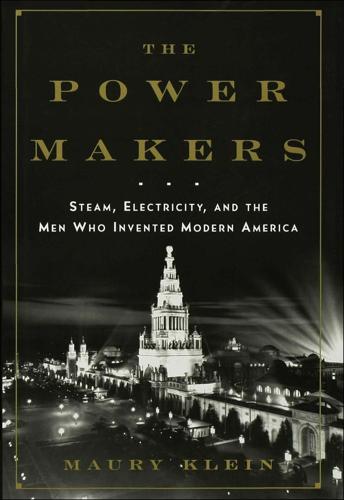
The Power Makers
by
Maury Klein
Published 26 May 2008
Few things baffled or divided scientists more than this mysterious substance. As described by Augustin-Jean Fresnel, a French physicist who argued that light consisted of waves, the luminiferous ether was a gaslike substance through which both light and solids somehow moved. A French mathematician, Augustin-Louis Cauchy, worked out a mathematical basis for the properties of ether that made Fresnel’s theory at least plausible if not satisfying to scientists.33 The wave theory of light required that ether be perfectly elastic and offer no resistance to a body passing through it. To these demands Ampère added a new chemical wrinkle: The ether was not simple but compound in nature and could “only be considered, in the generally adopted theory of two electric fluids, as the combination of these two fluids in that proportion in which they mutually saturate one another.”